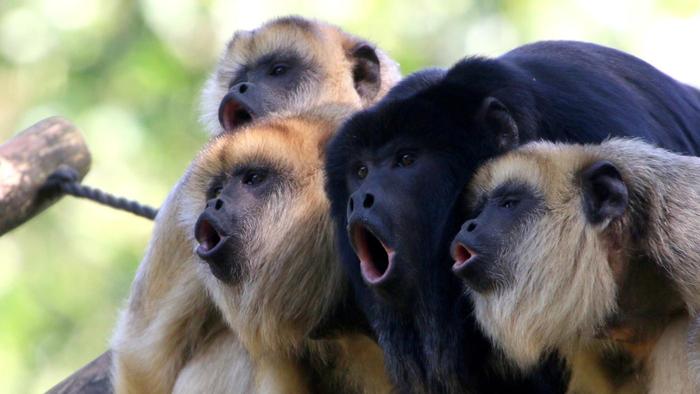
One of the main things I came here for was the chance to see and photograph birds, plants and especially monkeys that I would never have the opportunity to see otherwise. Everything pointed towards not taking the chance on venturing into the Amazon Jungle. Zika, yellow fever, volcano warnings and the American dollar all made the idea rather ominous. I knew however that micro climates along the coast provided for pockets of jungle like environments where we could witness what I wanted. We will still get to Isle de la Plata and to the Machalilla forest but the one place I really wanted to go has posed problems.
Research brought me to Pacoche Lodge and Reserve. I knew of the Pacoche jungle but I had yet to hear of the reserve portion of it. It was a dream of Ana Cristina de la Torre who gave everything she had to develop the reserve and maintain it in a way that promoted sustainable tourism. I instantly felt a great amount of respect for her listening to her speaking to the international stage about the need for ecotourism and especially her way of providing a safe refuge for the residents of the reserve. The reserve is home to a couple of troops of Howler monkeys as well as capuchin monkeys. There are close to 300 species of birds.
We were booked to stay at the lodge and for guided tours of the reserve. Excited would have been an understatement. On the night before we were to go we received an email from Ana that she needed to postpone our visit because some monkeys had taken sick. That was pretty much all she said except that we had the choice of getting our deposit back or wait until we could be allowed in. We chose to wait.
Out came Google and research began. It turns out that there is a virus of some sort affecting the howler monkey population in the jungle. Scientists are working to find the cause but in the meantime some 33 individuals have died. Three of those were in the reserve. The tests are seeming to point towards an African snail that has been invading the tree tops. My assumption is that they would have smuggled themselves over in or on ships.
I was disappointed to not be able to visit them but I was more devastated than anything that they were going through that sort of turmoil from something totally not their fault. Knowing that primates are so much like us when it comes to loss and grieving I can only imagine how sad the troops must be.
Pacoche jungle (proper) has a population of about 600 Monkeys in about 10 troops and there are 2 troops of about 20 monkeys each in Ana’s reserve. They are an endangered species because of the loss of habitat and now an introduced virus may hurt their population even more. If it is a virus in the slime trail of the African snail that is causing the devastation then hopefully it can be reversed.
This is one of those events that will never get the attention it deserves. Much like the cove in Taiji or the shark fin trade or the cat and dog fur trade that is now popping up. Ana depends on donations and volunteers to provide the health and habitat control to keep the monkeys safe. I can only hope enough people step up to make sure her troops survive.
Links to info:
Pacoche Lodge and Reserve
Meet Ana of Pacoche Lodge
One of the things that keeps me up at nite
Report on plight of the Ecuador Howler Monkeys
Update 2/22/2016
Monkeys continue to die. The total is over 50 at this point and although the scientists have ruled out some of the more common virii like dengue, sika and yellow fever they haven’t come up with a definite cause. They have found that most of the deceased animals have intestinal leasions and that narrows it down to method of transmission.
They have set up medic tents in the jungle and with equipment to conduct autopsies as well as to treat sick and healthy animals.
Needless to say they are still banning any non medical staff from entering the jungle at Pacoche. Luckily , I guess for the tourist trade the endemic seems to be limited to this one area. To loose over 50 animals out of a dwindling population of only 600 is still devastating.
